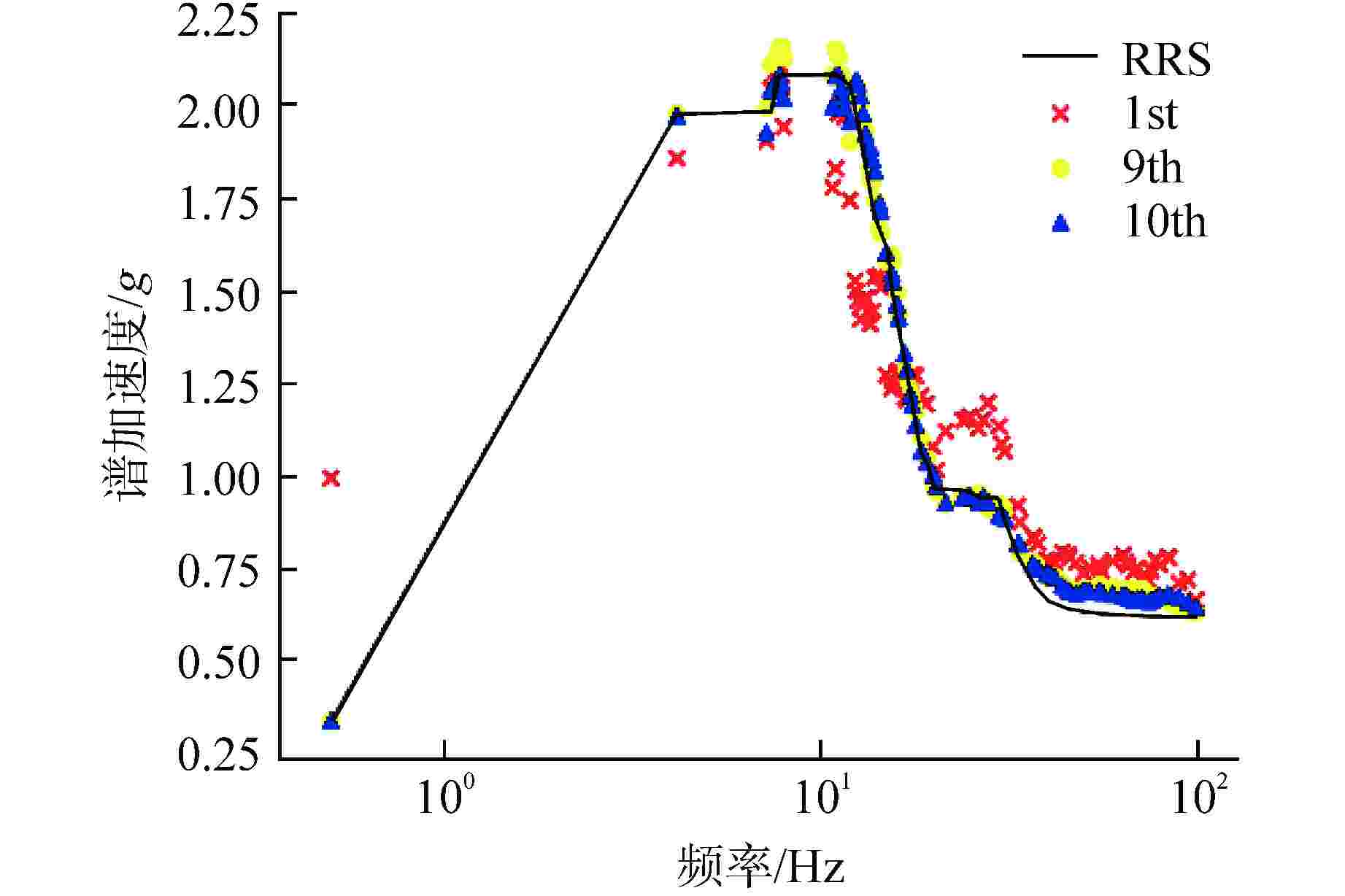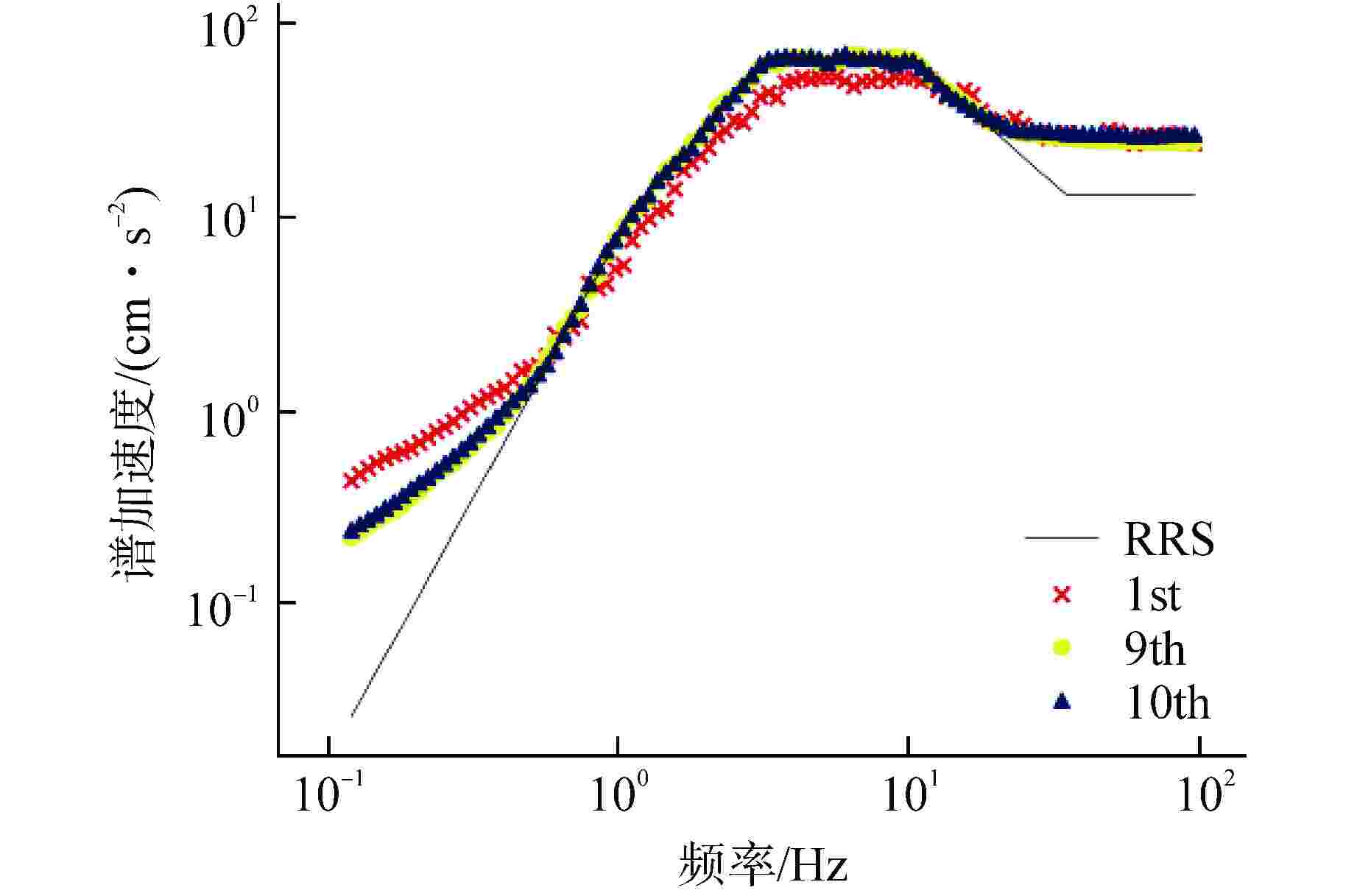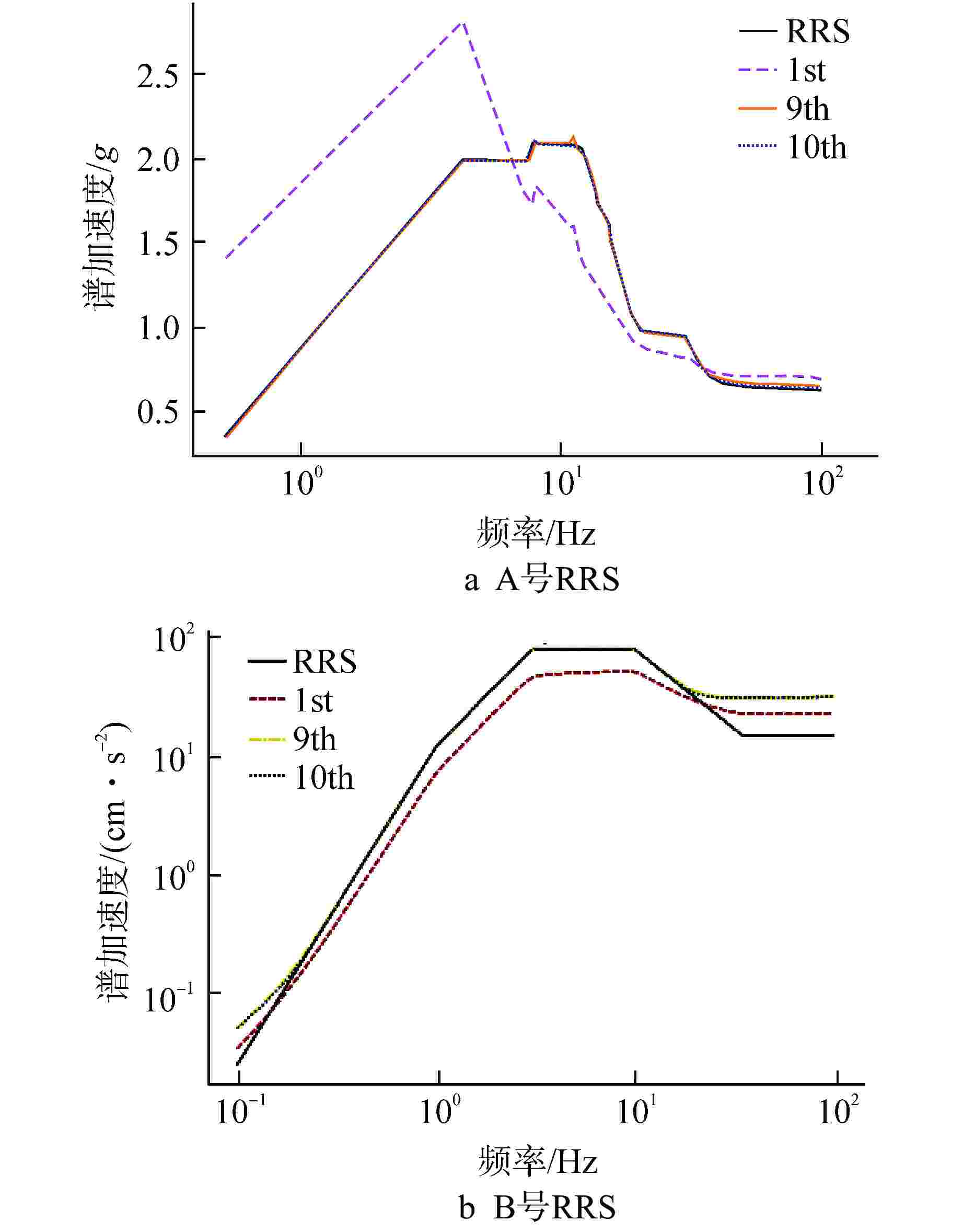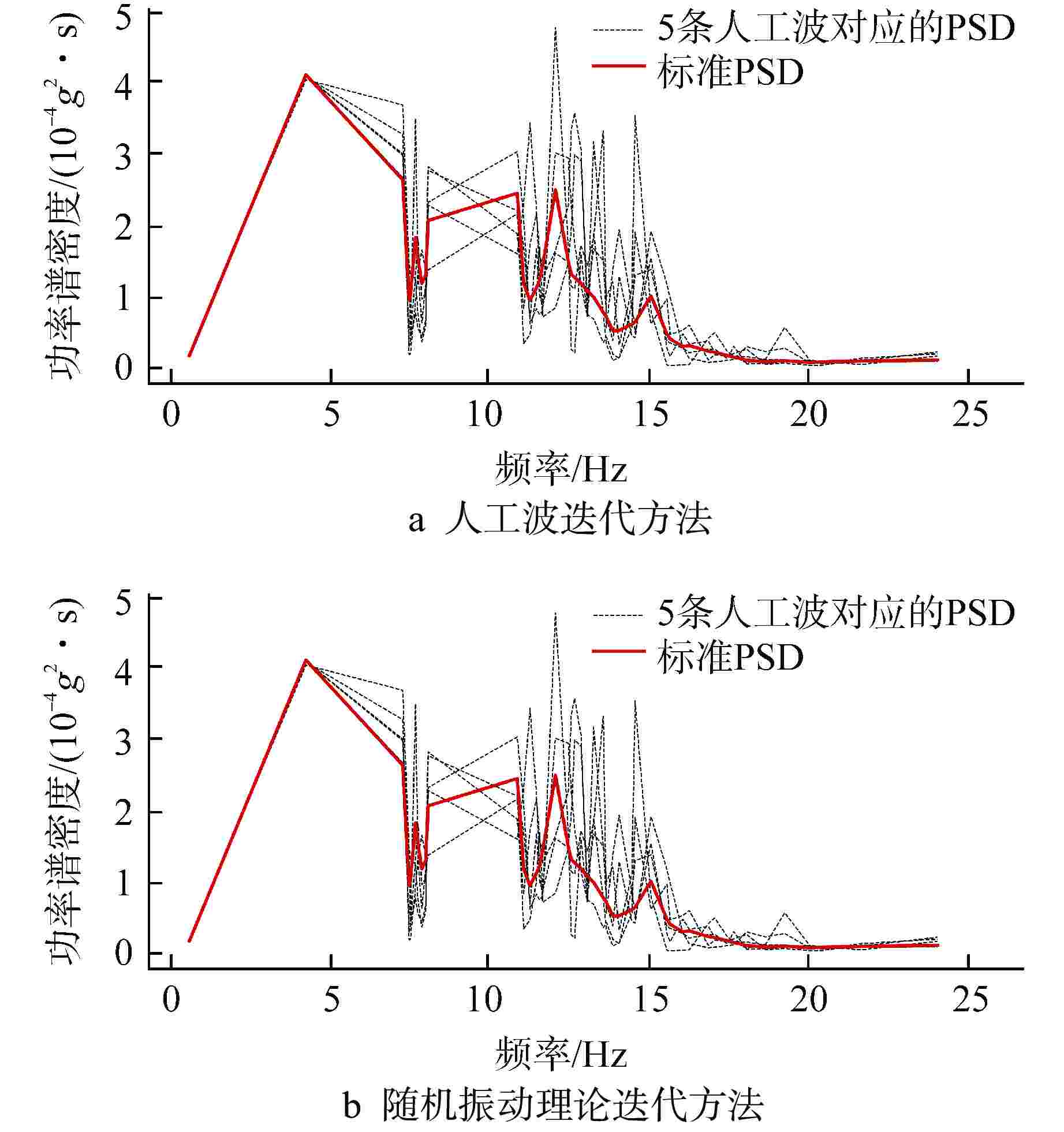Generation Method of Target Power Spectral Density for Seismic Design of Nuclear Power Plant Equipment
-
摘要: 对于核电厂设备抗震设计的输入地震波,通常要求其同时包络目标反应谱(RRS)和标准功率谱密度(PSD),然而目前国内外对标准PSD缺少统一的算法。在美国核管会标准审查大纲(SRP)3.7.1建议的标准PSD生成方法基础上,优化了迭代过程,提出了一个改进的标准PSD合成方法,并在2个核电设备RRS算例上实现了该方法。结果显示改进的标准PSD生成方法与RRS匹配程度较高,同时计算快速、简便,收敛精度与基于随机振动理论方法计算的结果相似,此法可以作为核电厂设备抗震设计输入人工地震波的标准PSD检验依据。
-
关键词:
- 核电厂设备 /
- 抗震 /
- 功率谱密度(PSD) /
- 反应谱
Abstract: The input ground motion for the seismic design of nuclear power plant (NPP) equipment is required to envelop both the required response spectrum (RRS) and target power spectral density (PSD). However, no unified algorithm exists to generate the target PSD, whether at home or abroad. Based on the generation methodology for target PSD suggested in Section 3.7.1 of the Standard Review Plan (SRP) of U.S. Nuclear Regulatory Commission, this paper proposes an improved method for target PSD synthesis with the original iteration process optimized. The proposed method is applied successfully to the two RRS cases for nuclear equipment. The result shows that the improved method for target PSD generation is highly compatible with RRS and provides simple and rapid calculation, while its convergence accuracy is similar to the calculations by random vibration theory (RVT). This method is considered as the target PSD test basis for the input artificial ground motion (AGM) for the seismic design of NPP equipment.-
Key words:
- NPP equipment /
- Earthquake mitigation /
- Power spectral density (PSD) /
- Response spectrum
-
表 1 人工波迭代方法运算时间统计表
Table 1. Statistics for Computing Times of AGM Iteration Method
A号RRS 迭代序号 1 2 3 4 5 运算时间/s 17.3 16.5 16.8 18.5 16.5 迭代序号 6 7 8 9 10 运算时间/s 16.5 16.4 16.4 16.7 16.5 B号RRS 迭代序号 1 2 3 4 5 运算时间/s 42.0 42.3 41.8 41.6 41.6 迭代序号 6 7 8 9 10 运算时间/s 40.6 42.1 42.0 41.2 41.5 -
[1] SUZUKI J. Consideration about seismic design of the nuclear power plant using seismic observation records[C]//Proceedings of the 14th Annual Meeting of Japan Society of Maintenology, Japan, 2018. [2] 国家核安全局. 核设备抗震鉴定试验指南: HAF J0053—1995[S]. 北京: 中国标准出版社, 1992. [3] U.S. NRC. Standard review plan, Section 3.7.1. Seismic design parameters: NUREG-0800[S]. Washington: Nuclear Regulatory Commission, 2007. [4] U.S. NRC. Standard review plan, Section 3.7.1. Seismic design parameters: NUREG—0800[S]. Washington: Nuclear Regulatory Commission, 2014. [5] U.S. NRC. Design response spectra for seismic design of nuclear power plants: Regulatory Guide 1.60[S]. Washington: Nuclear Regulatory Commission, 2014. [6] 潘蓉. 核设施的设计地震反应谱[J]. 原子能科学技术,2008, 42(S1): 622-629. [7] BOMMER J J, PAPASPILIOU M, PRICE W. Earthquake response spectra for seismic design of nuclear power plants in the UK[J]. Nuclear Engineering and Design, 2011, 241(3): 968-977. doi: 10.1016/j.nucengdes.2011.01.029 [8] CHOPRA A K. Dynamics of structures[M]. 4th ed. Upper Saddle River, NJ: Pearson Education, Inc., 2012 [9] 兰海燕,唐光武. 单自由度体系地震动输入功率谱的确定[J]. 世界地震工程,2008, 24(1): 143-147. [10] SOYLUK K. Comparison of random vibration methods for multi-support seismic excitation analysis of long-span bridges[J]. Engineering Structures, 2004, 26(11): 1573-1583. doi: 10.1016/j.engstruct.2004.05.016 [11] DAVENPORT A G. Note on the distribution of the largest value of a random function with application to gust loading[J]. Proceedings of the Institution of Civil Engineers, 1964, 28(2): 187-196. doi: 10.1680/iicep.1964.10112 [12] 孙景江,江近仁. 与规范反应谱相对应的金井清谱的谱参数[J]. 世界地震工程,1990(1): 42-48. [13] 孙渝刚,褚濛,黄小林,等. 匹配设计反应谱的目标功率谱密度的确定方法[J]. 核动力工程,2019, 40(3): 125-129. [14] KAUL M K. Stochastic characterization of earthquakes through their response spectrum[J]. Earthquake Engineering & Structural Dynamics, 1978, 6(5): 497-509. [15] 谢皓宇,郑万山,仉文岗,等. 考虑迭代相关及相位谱的人工地震波反应谱拟合[J]. 地震学报,2020, 42(3): 341-348. doi: 10.11939/jass.20190145 [16] 胡聿贤,何训. 考虑相位谱的人造地震动反应谱拟合[J]. 地震工程与工程振动,1986, 6(2): 37-51. -






 下载:
下载:





